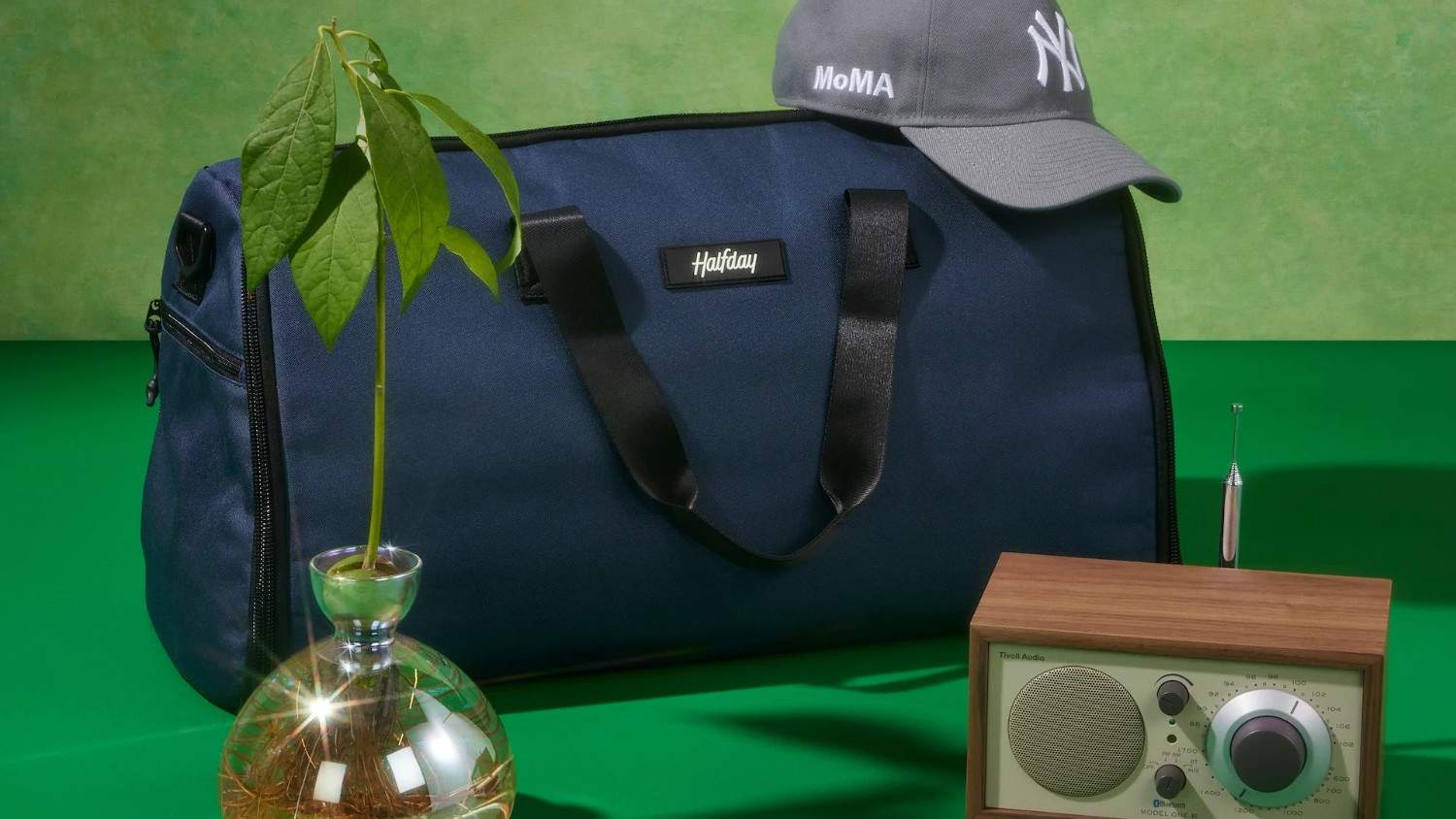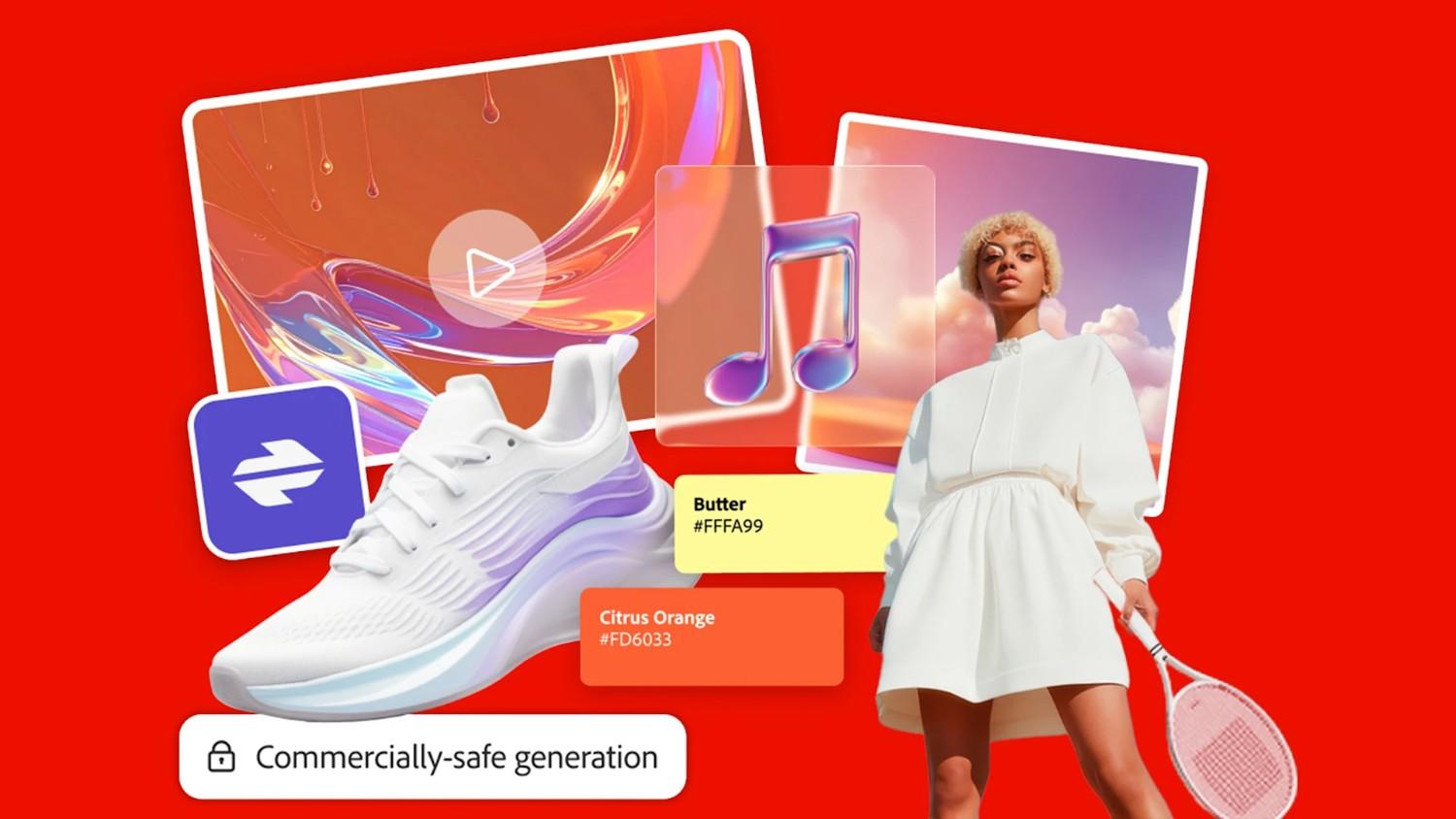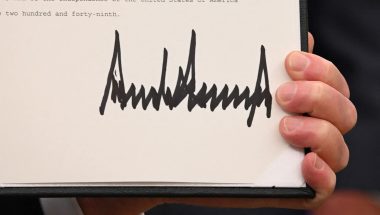- | 9:00 am
Demand for sustainable clothes is growing in the Middle East–but why are they so expensive?
Experts say while intentions are there, elements like price, brand, and style are still critical consumer purchasing criteria.

Sustainability has become an important factor in the Middle East and an increasingly important topic for fashion brands.
While international sustainable and ethical fashion brands are present in the region, local players strive to introduce brands to meet the rising consumer demand.
Although many consumers can’t resist fast fashion, sustainability is now the high-demand business model.
A recent Kearney survey in Saudi Arabia and UAE markets showed that brands can contribute more by reducing reliance on fossil fuels, promoting recycling-friendly practices, and prioritizing efforts to reduce carbon footprints.
Ali Shahid, Principal at Kearney Middle East and Africa, Consumer Industries and Retail Practice, says that brands actively addressing such concerns tend to attract more consumer interest. “Consumers in the Middle East express greater passion for specific sustainability-related issues than brands themselves.”
Only 11% of those surveyed consumers feel that brands have successfully delivered on their sustainability promises.
Professor Vaishali Raj, Head of Fashion Design at Middlesex University, Dubai, says it is easy for consumers to fall into the greenwashing trap.
There is a sense of guilt and a need to do right by the world, but that does not necessarily mean that the brands claiming to be sustainable are 100% green.
“You can’t blame the consumer because it’s very difficult to make the right aesthetic choices that look good and are also fully sustainable. Retailers have to correct themselves to help and support the consumer,” adds Raj.
THE WILL, THE WAY
Nevertheless, consumers seek to invest more in sustainable brands.
Findings from Kearney’s survey indicate a growing willingness among consumers, with approximately 52% of UAE respondents expressing their readiness to pay a premium of 20% or higher for sustainable brands.
This trend is also reflected in the rising popularity of brands with a strong, sustainable identity, such as The Giving Movement and other brands making a push.
However, while intentions are certainly there, they are only sometimes reflected in the P&L, indicating that elements like price, brand, and style are still critical purchasing criteria, says Shahid.
Another factor to consider is that Middle Eastern consumers are becoming more price-conscious, and they want the best value when shopping.
This is evident in consumers’ preference for cross-border shopping channels, where they seek out similar brands to take advantage of promotions and lower prices offered by global marketplaces such as Farfetch and Mr. Porter in luxury—and even on traditional marketplaces such as Noon and Amazon.
For regional brands to remain competitive, Shahid suggests offering consumers a sustainable alternative while ensuring competitive pricing to appeal to an increasingly global customer base.
“The willingness to pay has not fully translated into the bottom line, and brands in the region should continue to appeal to customers to drive both awareness and sales,” Shahid adds.
THE COST, THE SOLUTION
For context, sustainable abaya prices range from $400 to $800 a piece, but similar garments can be had for as little as $40 at fast-fashion brands.
High costs are a major factor in consumer demand for sustainable fashion.
For sustainable fashion brands, quality control matters and requires stringent measures from designers to meet client demand.
Another challenge involves sourcing materials to ensure they stem from fair trade or have been ethically grown. The certification required for manufacturers to be able to produce the items is expensive.
“It is still challenging to get that stamp on your product for it to be fair trade or for it to be a 100% deemed a sustainable product. The economies of scale are not yet wide enough, and the small-scale things being made are exclusive, expensive, and sought after,” says Raj.
She gives the finest Egyptian cotton as an example, stating that its rarity and availability can push demand and supply.
When designing, brands try to keep a target in mind, but the piled-up costs of 100% sustainable clothes jeopardize the budget.
Greenwashing takes center stage when such issues arise, whereby brands are not entirely sustainable but check off some requirements. Due to the diversity of challenges, what is defined as sustainable fashion or sustainable clothing is more than just a one-size-fits-all solution.
“With the changing trends, sustainable fashion cannot keep up with fast fashion; hence, it is missing out,” adds Raj.
However, there are ways to practice sustainable fashion on the consumer end. “The answer to sustainable choices is not only in the product. It is about how you use those products, how you style those products,” says Raj.
Having staple items in your wardrobe that are of high quality and fit well can be worn multiple times. She encourages people to own neutral colors, and then the mantra to glamorize them and make them look different is to either make sure that your clothing is modular and layer-able or leverage the power of accessories.
“We can’t just be small fish in that big pond trying to make that difference. The whole ecosystem needs a global overhaul. The Middle East is making small baby steps in the right direction,” adds Raj.







































